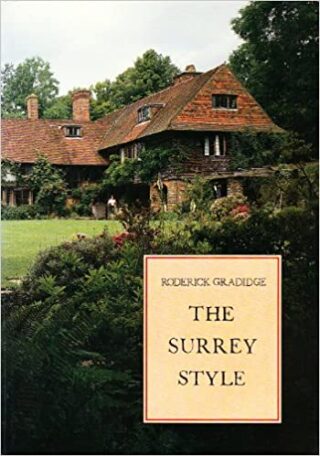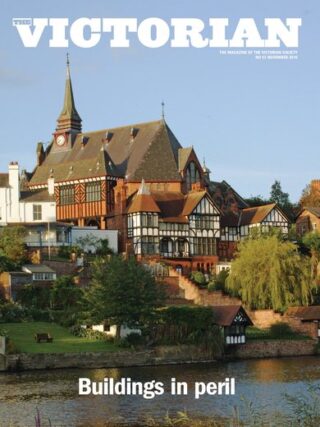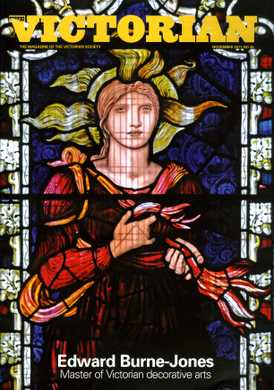Redundant churches: who cares?
£0.00
November 2007 Invariably, it seems, churches become redundant. The country changes around them and for one reason or another they find themselves bereft of the worshippers needed to keep them going.
Many, if not most, of the buildings seem eventually to find new uses, but it is not easy to generalise about how often these uses preserve their architectural and historic interest. A significant minority are demolished.r.
A tiny minority find their way into the careful hands of three organisations which have been specially established to look after redundant places of worship of extraordinary quality. Between them, the Friends of Friendless Churches, the Historic Chapels Trust, and the Churches Conservation Trust care for only 395 buildings. And it is difficult, given their present funding situation, to see how they could take on many more....
Defending history and beauty Caroline Carr of the Friends of Friendless Churches celebrates fifty years of the organisation
Rescue, repair, regeneration Jenny Freeman of the Historic Chapels Trust focuses on two of the Trust's 19th century buildings
Victorian churches and the Churches Conservation Trust John McVerry on some of the Victorian gems in the Trust's care
The top ten most endangered Victorian and Edwardian buildings in England and Wales 2007
Court Barn Museum, Chipping Camden Alan Crawford, expert on the Arts & Crafts Movement and former chairman of the The Victorian Society, celebrates the opening of a major new museum
House Notes Janet Collings rediscovers the art of gilding, and advises readers how to prepare for winter
Currently Unavailable




